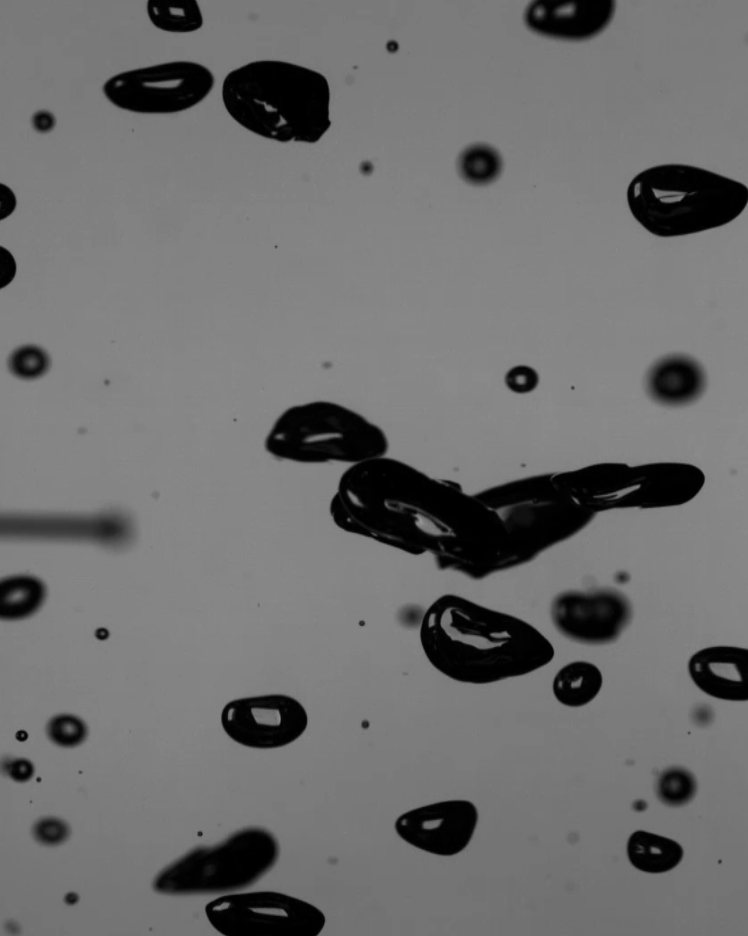Multiphase Mass Transfer and Phase Equilibrium in Chemical Processes
A special issue of Processes (ISSN 2227-9717). This special issue belongs to the section "Chemical Processes and Systems".
Deadline for manuscript submissions: closed (20 January 2023) | Viewed by 24259
Special Issue Editors
Interests: transport phenomena; mass transfer; fluid dynamics; rheology, multiphase systems; chemical reaction
Interests: heat and mass transfer; chemical reaction engineering; multiphase flows; fluid dynamics; mixing
Interests: multiscale mass transfer; reactive flows; scale-up
Special Issues, Collections and Topics in MDPI journals
Special Issue Information
Dear Colleagues,
Contact apparatuses using a continuous liquid and two or more dispersed phases are common in chemical and biochemical engineering. The transfer of one or more components from one phase to another determines the types of processes and the components’ sizes. Research in this field regarding progressively more complex systems with increasingly sophisticated experimental and numerical methods is steadily gaining importance.
This Special Issue addresses researchers in the fields of chemical and bioprocess engineering, as well as thermodynamics. It aims to collect current work in the field of “Multiphase Mass Transfer and Phase Equilibrium in Chemical Processes”. The scope includes cases of, i.a., absorption (physisorption, chemisorption), desorption, extraction, and rectification, and ranges from basic cases of single fluid particles in contact with a continuous fluid phase to particle swarm investigations.
The methods include experimental work as well as numerical approaches such as CFD-based cases or compartment modeling.


Dr. Lutz Böhm
Prof. Dr. Matthias Kraume
Prof. Dr. Michael Schlüter
Guest Editors
Manuscript Submission Information
Manuscripts should be submitted online at www.mdpi.com by registering and logging in to this website. Once you are registered, click here to go to the submission form. Manuscripts can be submitted until the deadline. All submissions that pass pre-check are peer-reviewed. Accepted papers will be published continuously in the journal (as soon as accepted) and will be listed together on the special issue website. Research articles, review articles as well as short communications are invited. For planned papers, a title and short abstract (about 100 words) can be sent to the Editorial Office for announcement on this website.
Submitted manuscripts should not have been published previously, nor be under consideration for publication elsewhere (except conference proceedings papers). All manuscripts are thoroughly refereed through a single-blind peer-review process. A guide for authors and other relevant information for submission of manuscripts is available on the Instructions for Authors page. Processes is an international peer-reviewed open access monthly journal published by MDPI.
Please visit the Instructions for Authors page before submitting a manuscript. The Article Processing Charge (APC) for publication in this open access journal is 2400 CHF (Swiss Francs). Submitted papers should be well formatted and use good English. Authors may use MDPI's English editing service prior to publication or during author revisions.
Benefits of Publishing in a Special Issue
- Ease of navigation: Grouping papers by topic helps scholars navigate broad scope journals more efficiently.
- Greater discoverability: Special Issues support the reach and impact of scientific research. Articles in Special Issues are more discoverable and cited more frequently.
- Expansion of research network: Special Issues facilitate connections among authors, fostering scientific collaborations.
- External promotion: Articles in Special Issues are often promoted through the journal's social media, increasing their visibility.
- e-Book format: Special Issues with more than 10 articles can be published as dedicated e-books, ensuring wide and rapid dissemination.
Further information on MDPI's Special Issue policies can be found here.







